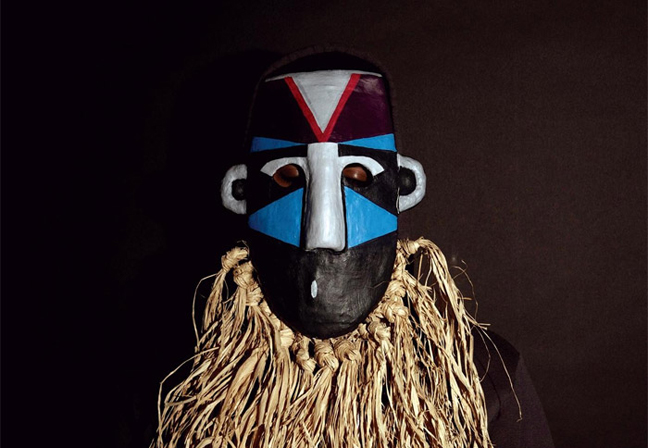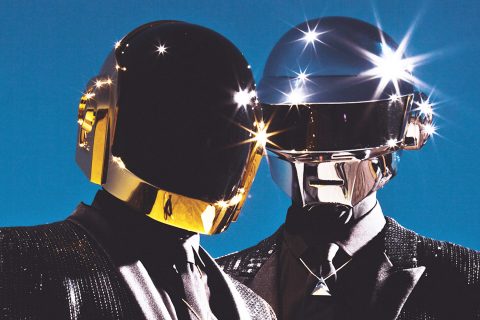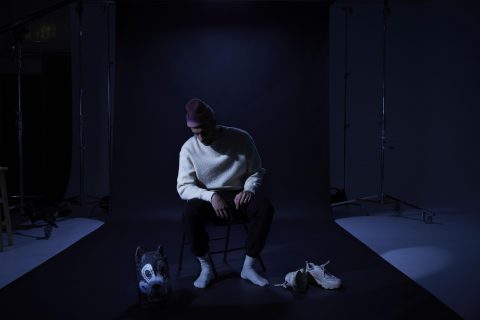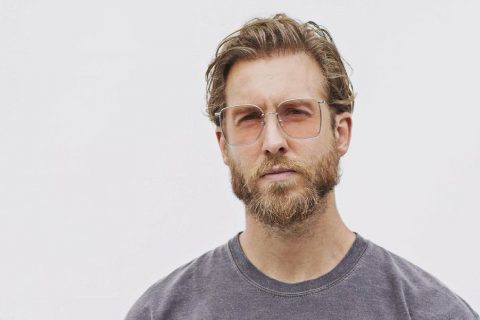
by Jonno Seidler (One A Day)
The other day I was writing up a late discovery in the form of Scottish producer Rustie, who came highly recommended from a friend of mine who now lives in the UK. Take one listen to the man’s debut Glass Swords and you’ll instantly be transported to another world where genres of house, trance, techno and dubstep all meld seamlessly into the creative ooze that is Warp Records’ newest signings brain. But as I was vibing to the sixth song in a row off that record, walking down my street on the way home, I was struck by a peculiar sensation that seems to have become increasingly apparent lately; I want to know what he looks like.
Electronic music certainly isn’t the only art form which is in constant dialogue over image, indeed pop music does it more frequently and more audaciously than even Daft Punk ever could. But what sets beatmakers aside from their contemporaries in the worlds of say rock or hip-hop, is that they go to much greater lengths to either curate their visage or remove it from the equation entirely. I heard an interview SBTRKT did with Zan Rowe of triple j about a month ago where she quizzed him on why he felt he had to perform and be photographed behind a mask. “I really just wanted it to be about the music,” he explained. “I don’t feel like my face or my story or my background is important to what my listeners are hearing, and all of that stuff just complicates the consumption of music.” He’s not the only one, evidently. Aside from the aforementioned Daft Punk, whom SBTRKT listed as a major influence on the same show, a huge range of artists from the field including MSTRKRFT, Bloody Beetroots and Deadmau5 (and that’s only recently) make a particular point of shielding their eyes, ears, mouths and nose from the world. By the same token, there are house producers like Calvin Harris, David Guetta and A-Trak whose image is central to their cultural currency. So what gives?
Part of the explanation may lie in the genesis of dance music. Many of the producers and beatmakers who now grace world stages started off in their bedroom or hidden behind Pioneer CDJs at seedy nightclubs. Their love of what they were doing far transcended their wish to be famous, and even if that happened to occur, they (usually) assumed they could continue working behind the scenes. Then when reality catches up with them and Nicki Minaj comes knocking and the video clips are commissioned, there’s very little room to run and hide. A dance music practitioner is not a singer, drummer or guitarist. Particularly in this day and age, there is a reasonable expectation that you can create music and get it out there relatively anonymously. But that’s discounting the other end of the equation, which is…
Us. As electronic music has shifted from a fringe movement to a mainstream proposition, so to has the focus moved away from the sound to the person. Every revolution has to have its icons, and in a climate where we can look up practically anyone or anything in about 2.4 milliseconds, having no image just doesn’t cut it. This may explain why masks are so prevalent. SBTRKT started late, but he knew what was coming for him. He would have known that labelmate Jamie xx, who shunned all press and used one letter to represent him in almost every piece of media in the year his debut dropped, was suddenly having his acne-ridden mug splashed across The Guardian and Radio 1. So the mask came on probably even before the record came out, in a similar fashion to Deadmau5, actually. Rustie has managed to get only one press shot out there with him actually looking at the camera, which is precisely the moment you realise he looks about 12 years old and probably isn’t that far from it in real life. Coincidentally, that fact makes me admire the producer even more. But the concept of ‘pics or it didn’t happen’ has proliferated every inch of our existence, and the ability to listen without looking may well be an antiquated concept.




Comments